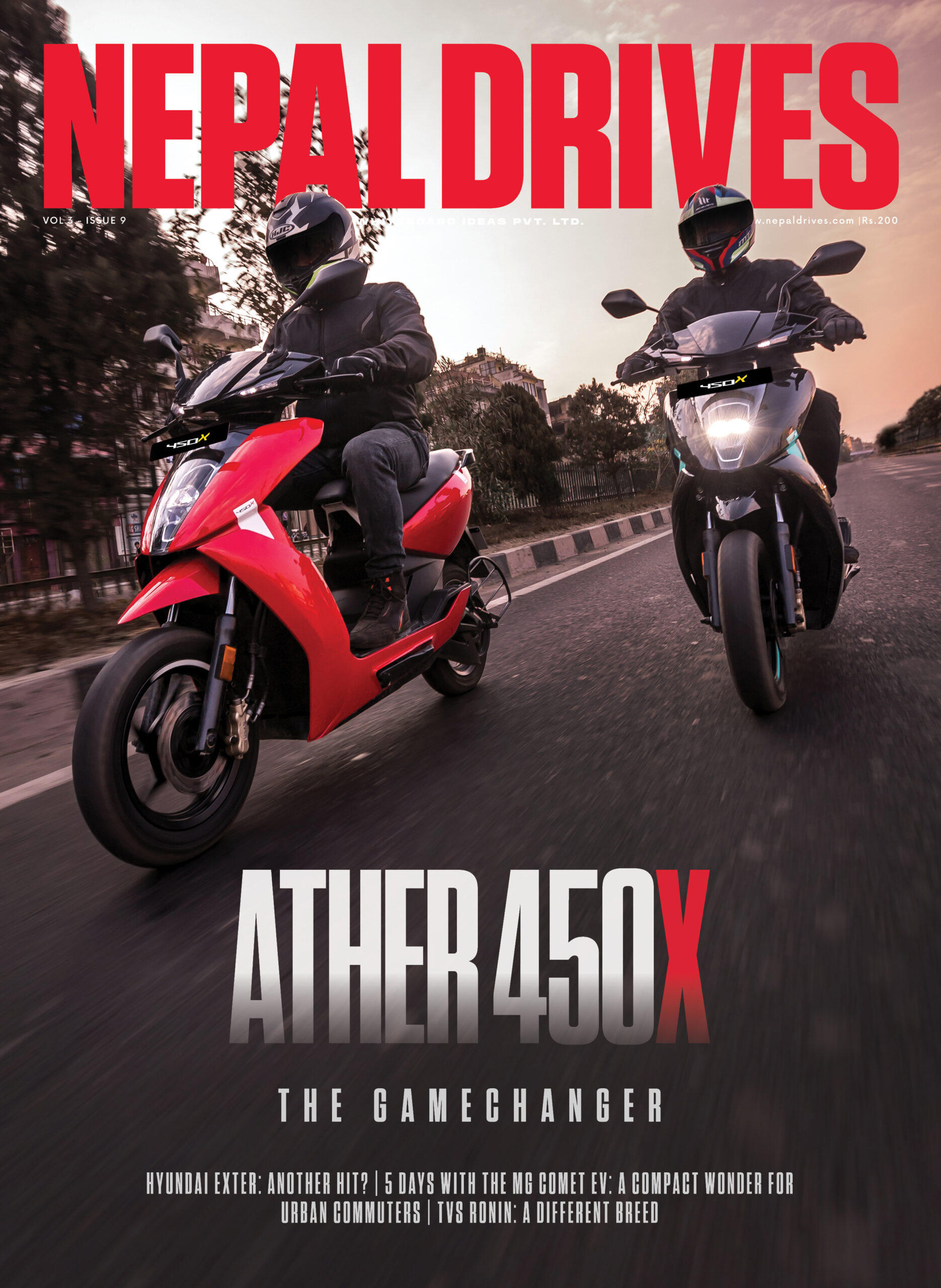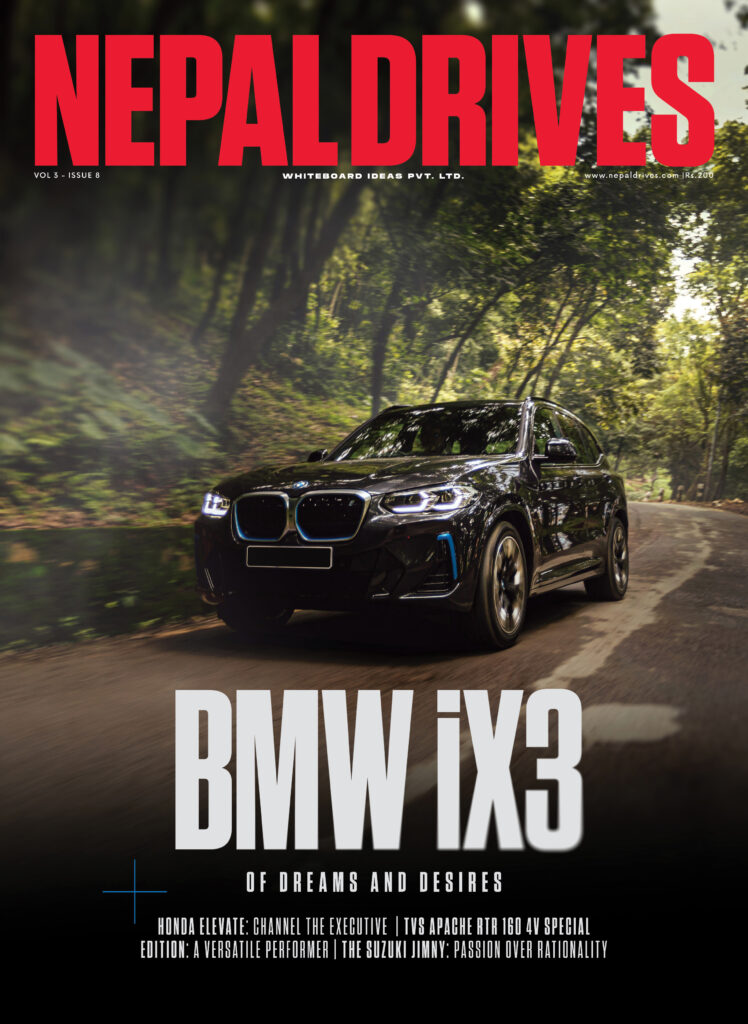Journey through Innovations: Exploring BYD’s Legacy and Future at BYD Headquarters in Shenzhen, China
Share



After driving the Nepal-bound BYD Seal at the Zhuhai International Circuit, our agenda for the next day was to visit the BYD Headquarters at Shenzen. A 3-hour drive from the city of Zhuhai, the BYD Corporate Headquarters is located in Shenzhen, Guangdong.
As a Special Economic Zone, Shenzhen has been at the forefront of China’s economic reforms, attracting global attention for its remarkable growth and forward-thinking initiatives. Once a modest fishing village, this city has transformed into a bustling metropolis, renowned for its cutting-edge technology and vibrant culture.
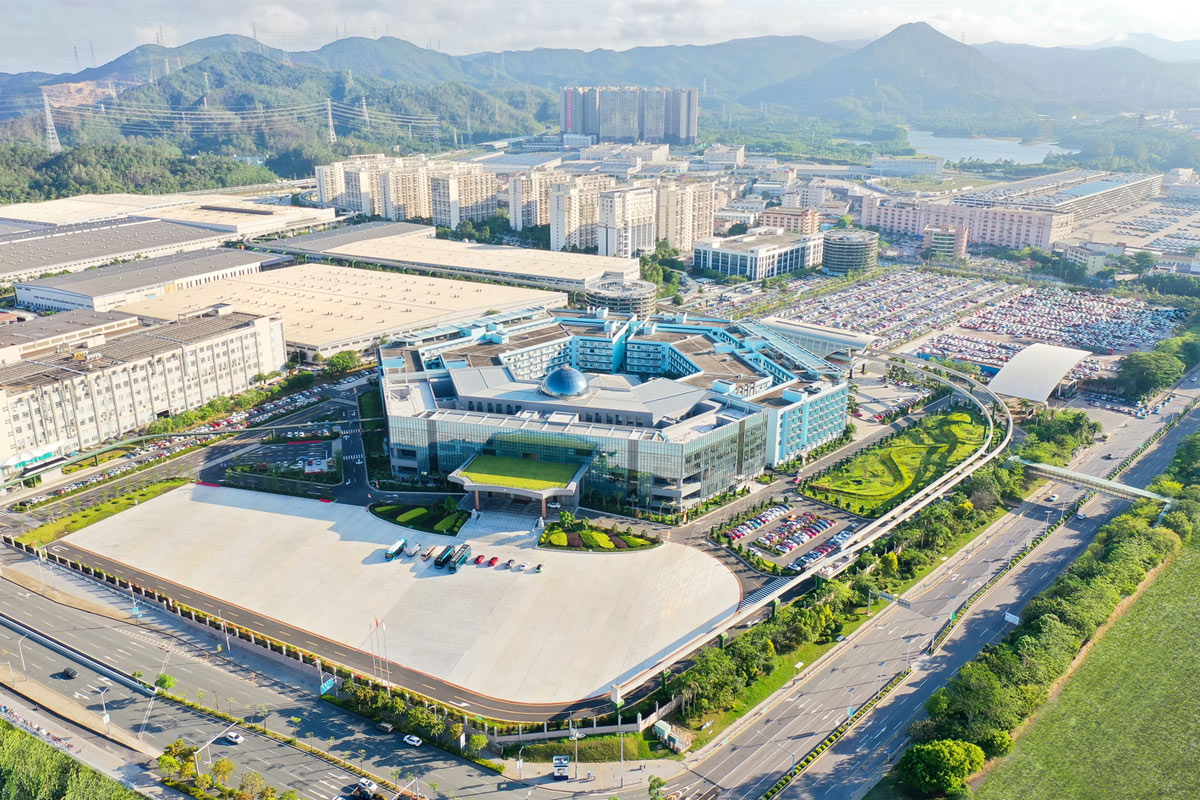 BYD Global Headquarters in Shenzhen, China (Photo: BYD)
BYD Global Headquarters in Shenzhen, China (Photo: BYD)
The moment we entered the headquarters, we saw the BYD Seagull, an entry-level electric car that auto enthusiasts of Nepal have been keeping an eye on. Launched only five months ago in China, the Seagull has received excellent reviews and is dominating the sales of entry-level electric hatchbacks in China. Also on display were the popular and premium Denza N7, and Denza D9 along with the increasingly talked about luxury off-roader, the YangWang U8.
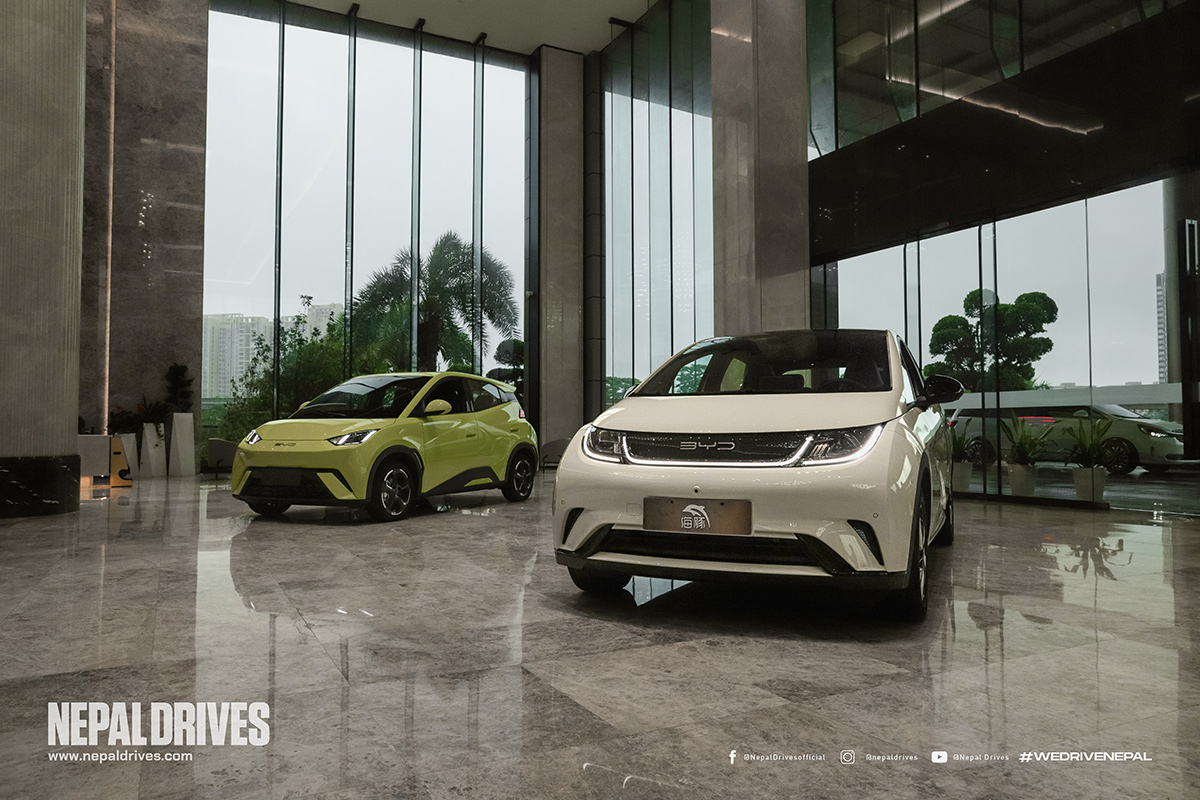
Denza is a joint venture between BYD and Mercedes-Benz. The Denza N7 is currently one of the best-selling luxury pure electric SUVs in China while the high-end Denza D9 MPV recently celebrated its 100,000th production milestone. It only took 11 months for the Denza D9 to reach that milestone.
The U8 is a hardcore 1200hp SUV from BYD’s flagship sub-brand, YangWang. It can perform 360-degree tank turns, wade and float on water in emergencies. At 1,089,000 (USD 150k), the U8 is the most expensive China’s mass-produced electric car.
After a quick look at the displayed cars, we enjoyed a delicious lunch before being ushered into a hall for the BYD SEAL product information-sharing meeting where we were presented a detailed briefing on the making of the BYD Seal. The main focus of the presentation was on the technology and R&D that has gone into the development with the emphasis being provided on the advantages of the CTB battery system, its impact on safety and handling, the overall handling prowess of the Seal, the iTAC system and other safety parameters along with performance capabilities of the seal. The team was also open to media questions and provided patient feedback to the media people.
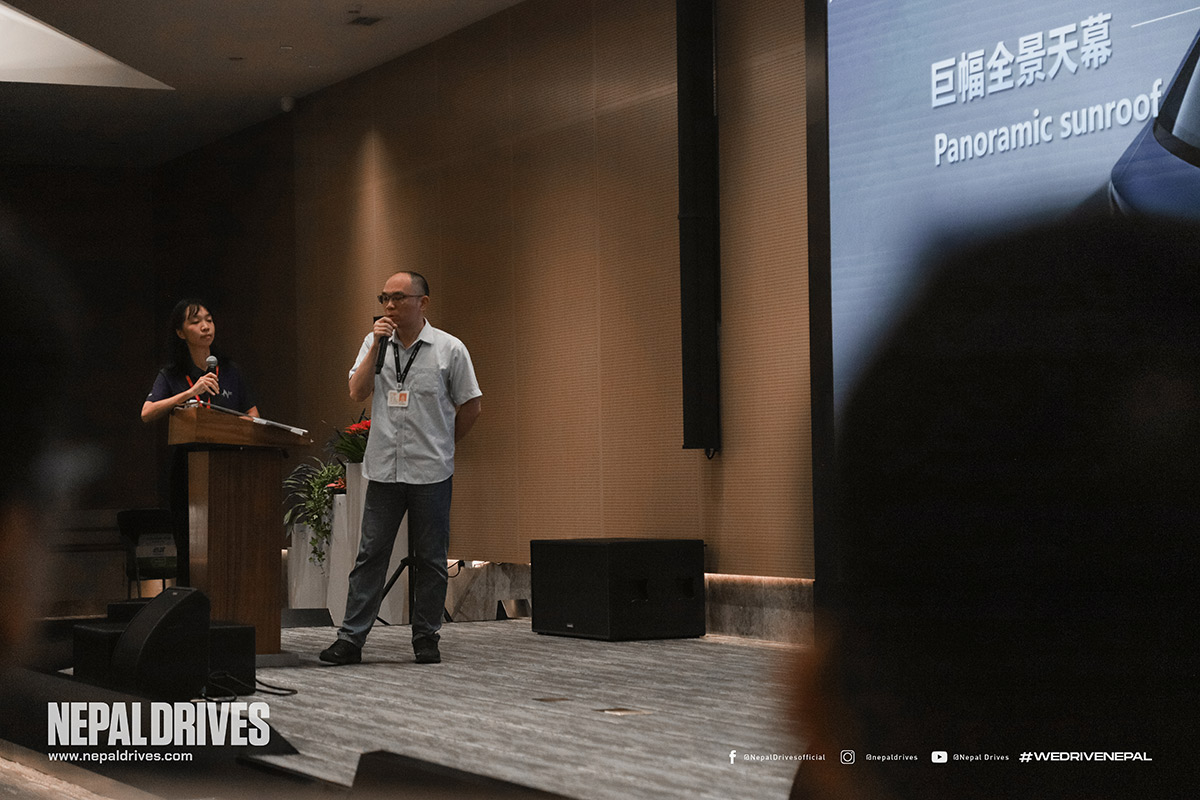
We were then given a tour of the BYD Museum, showcasing BYD’s past, present, and future endeavors. The displays included their timeline, their involvement in public transport, and the e-SEED GT concept (inspired by the Chinese Dragon). The e-SEED GT is an incredibly good-looking PHEV concept with four seats and two gull-wing doors. It also features a three-screen interconnection, a retractable steering wheel and other BYD techs.
The acclaimed e-platform with CTB was also available for closer inspection and they also had a display to showcase their development through the years in the DM plug-in hybrid technology. CTB integrates the Blade Battery into the car’s body, forming a strong “sandwich” structure that can achieve a remarkable torsional rigidity equivalent to luxury cars.
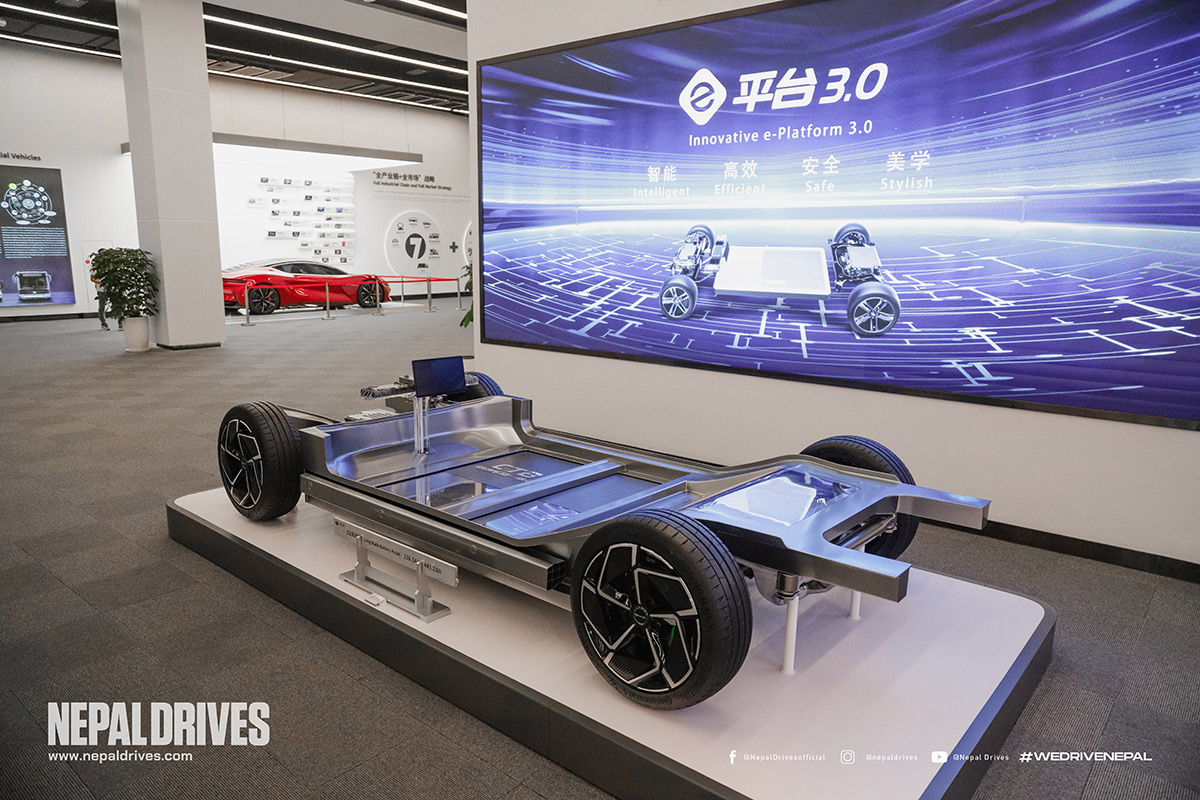
BYD’s DM (Dual Mode) plug-in hybrid is divided into two platforms: i and p. The ‘i’ emphasizes fuel efficiency and a lower starting price, while the ‘p’ focuses on performance and a premium price.

The DM-p stands for Dual Mode-powerful, a dual-mode system that emphasizes robust power performance. It primarily consists of two architectures: Thee engines, Four-wheel Drive, (i.e., P0+P3+P4) and Dual-engines, four-wheel drive,(i.e., P0+P4). Similarly, the DM-i stands for Dual Mode-intelligent, which relies on an intelligent, efficient dual-mode system to signify overall efficiency. This technology platform with a claimed NEDC range of 11000km and fuel consumption as low as 3.8L per 100 km.
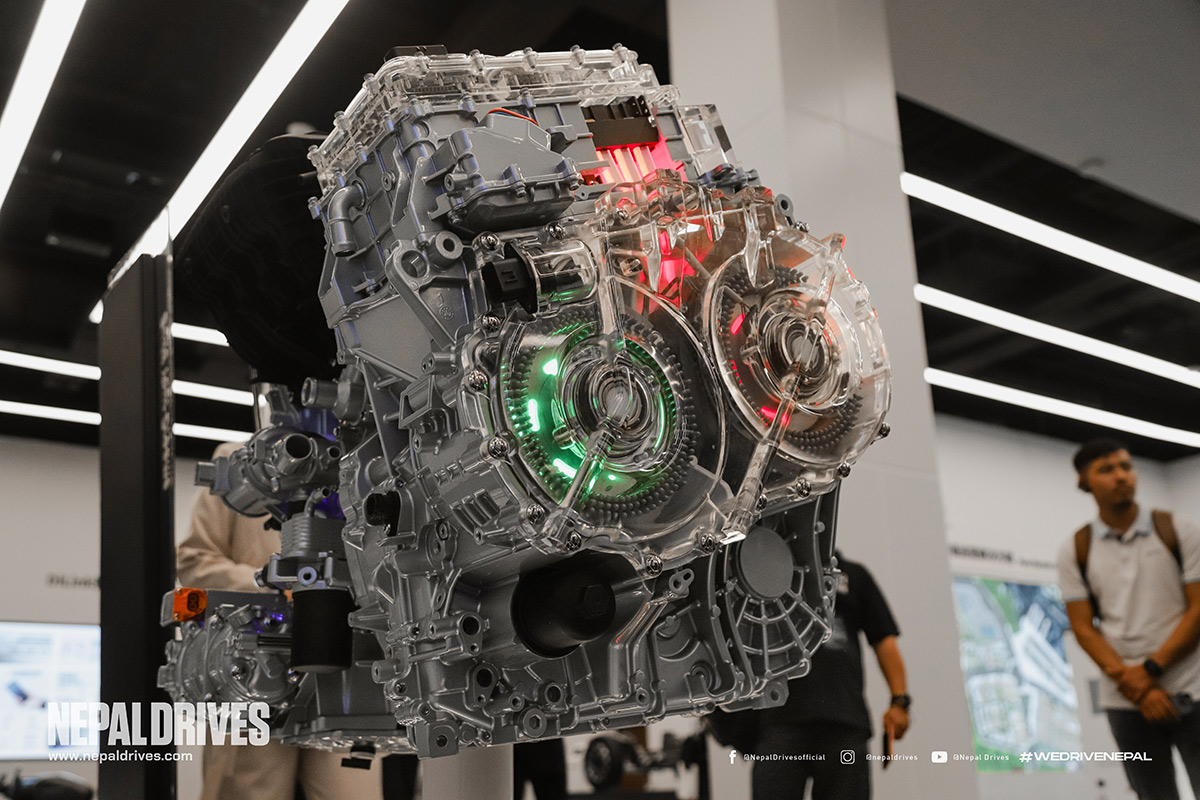
With a Brake Thermal Efficiency (BTE) of 43%, the efficient Xiaoyun-1.5NA Engine Dedicated to PHEVs+ Electric-Hybrld System 1.5L plug-in hybrid engine is the world’s highest thermally efficient gasoline engine in production. It is specifically built for the DM-i hybrid technology.
Also on display was the DiSus intelligent body control system used in the YangWang U8. The platform possesses incredible chassis manoeuvrability along with functionality that allows the platform to work itself out of tricky situations. It is a breakthrough invention that ensures optimal safety, body control and vehicle dynamics.

Afterwards, we were given a chance to drive some of their cars around their facilities – we drove the Song Plus, Tang, Denza N7, Han, as well as the Seagull. The seagull seems like a promising prospect as an entry-level car for Nepal.
All in all, the headquarters tour created a comprehensive learning experience. We not only gained theoretical knowledge about BYD’s history and future ambitions but also had a practical, immersive experience with some of its popular models.



